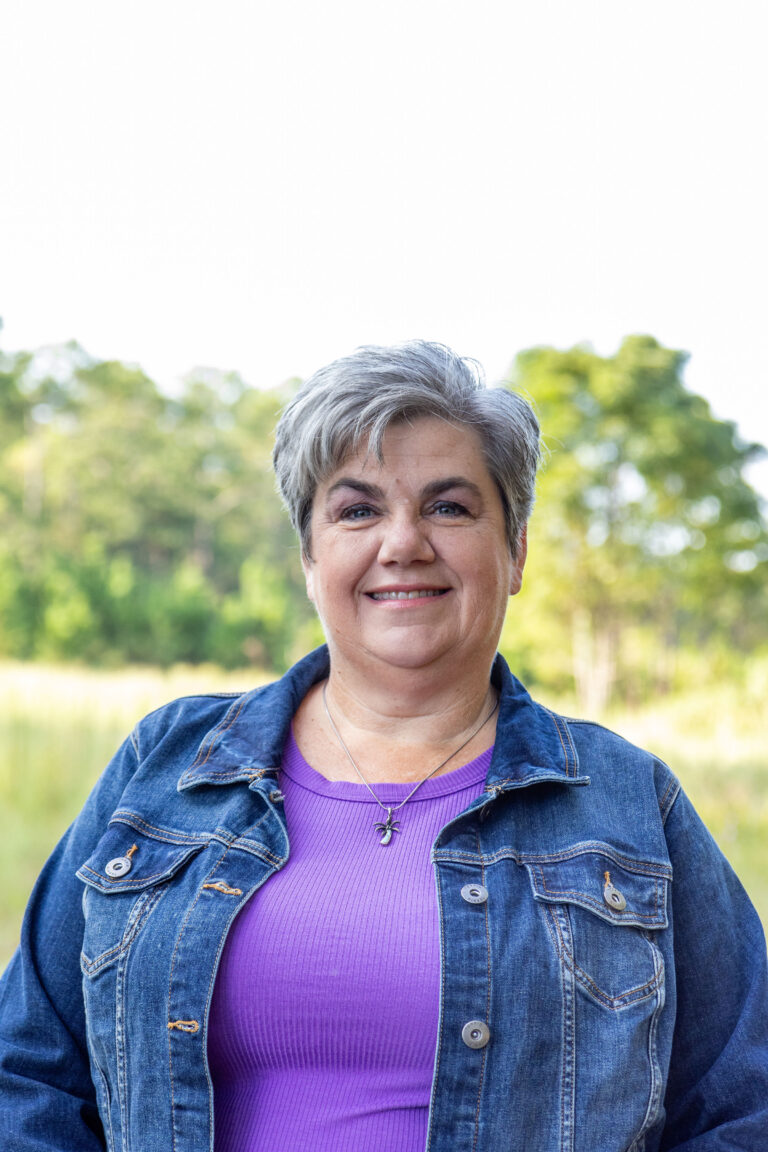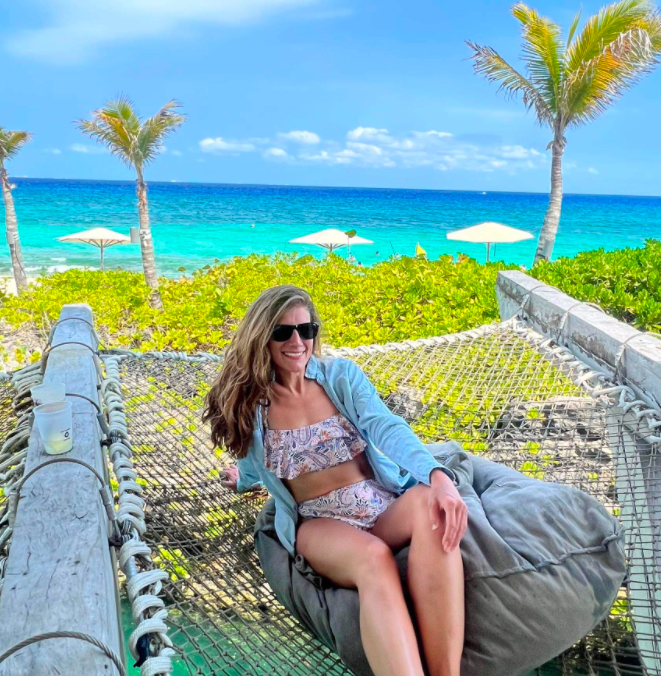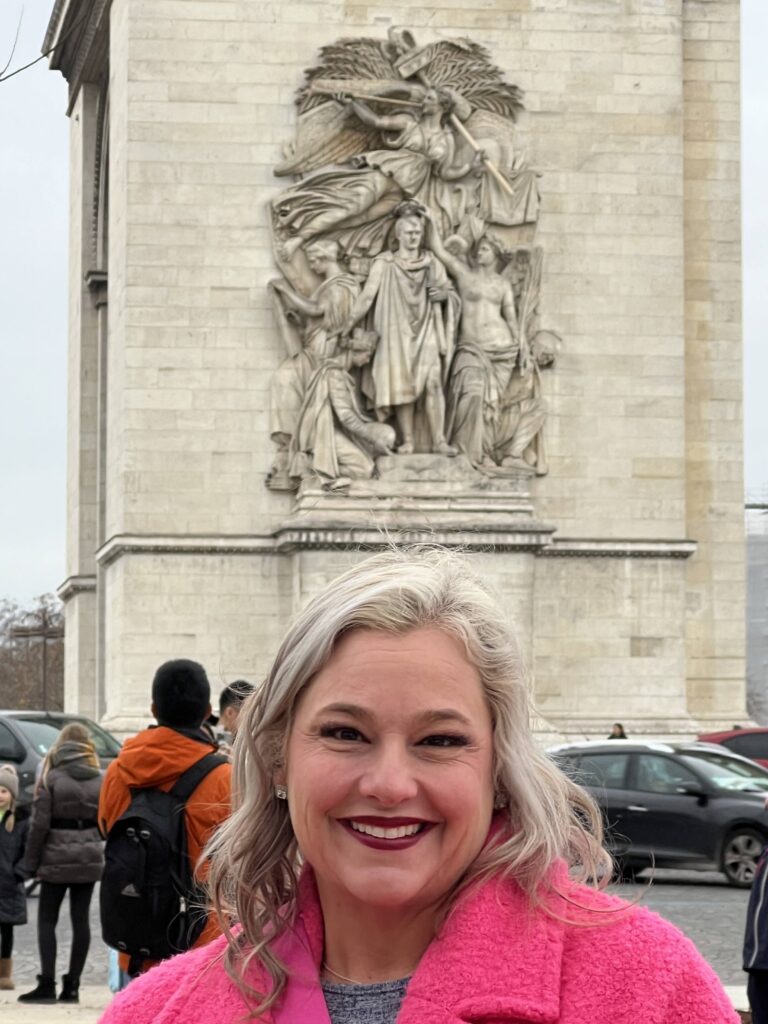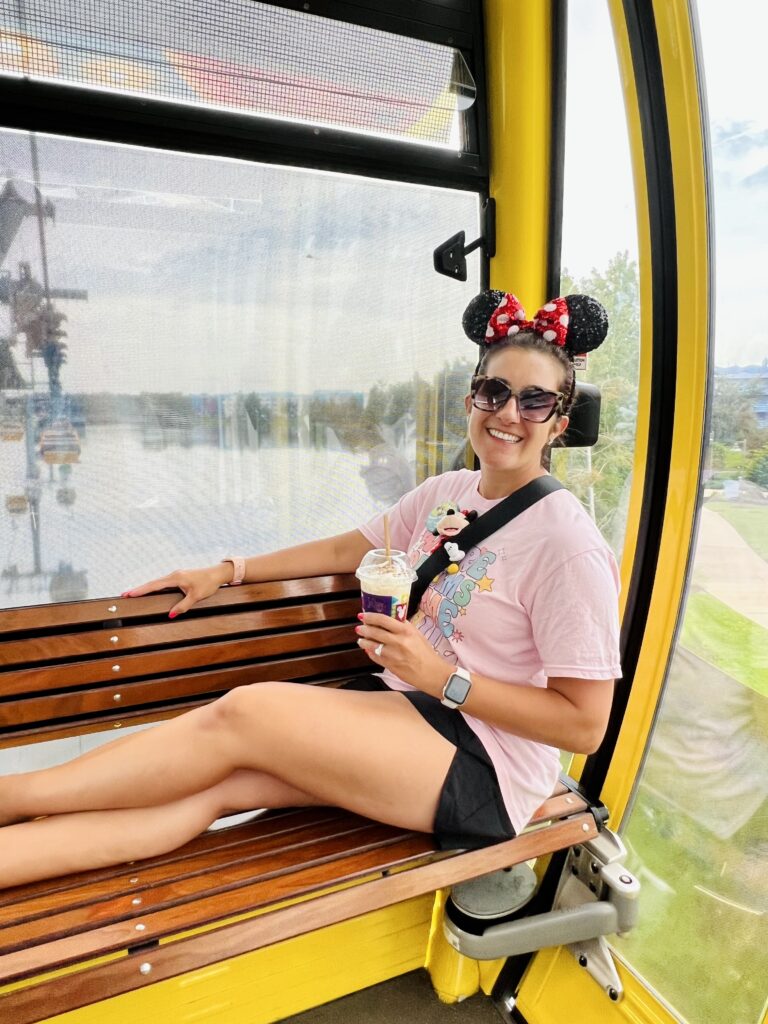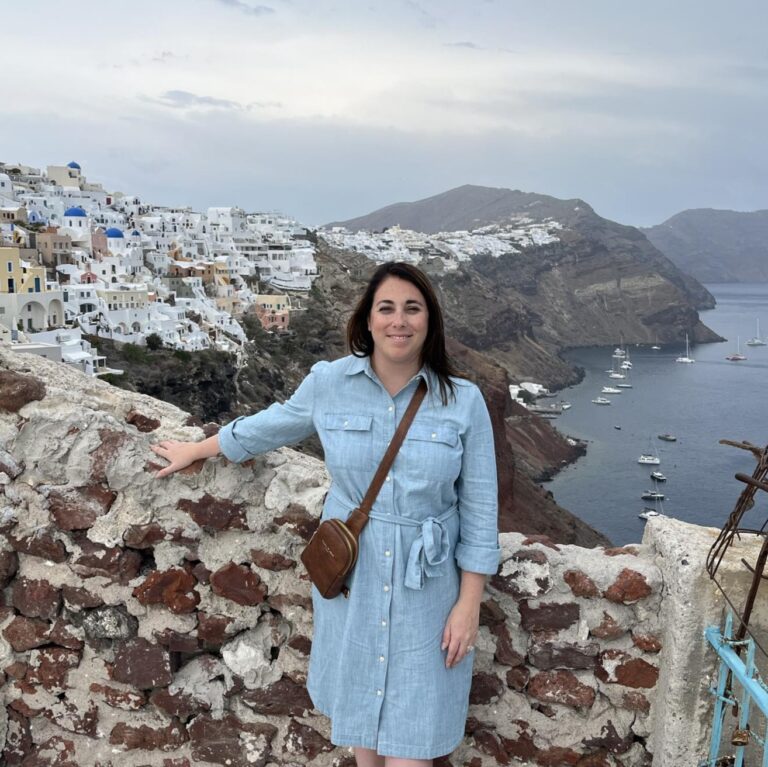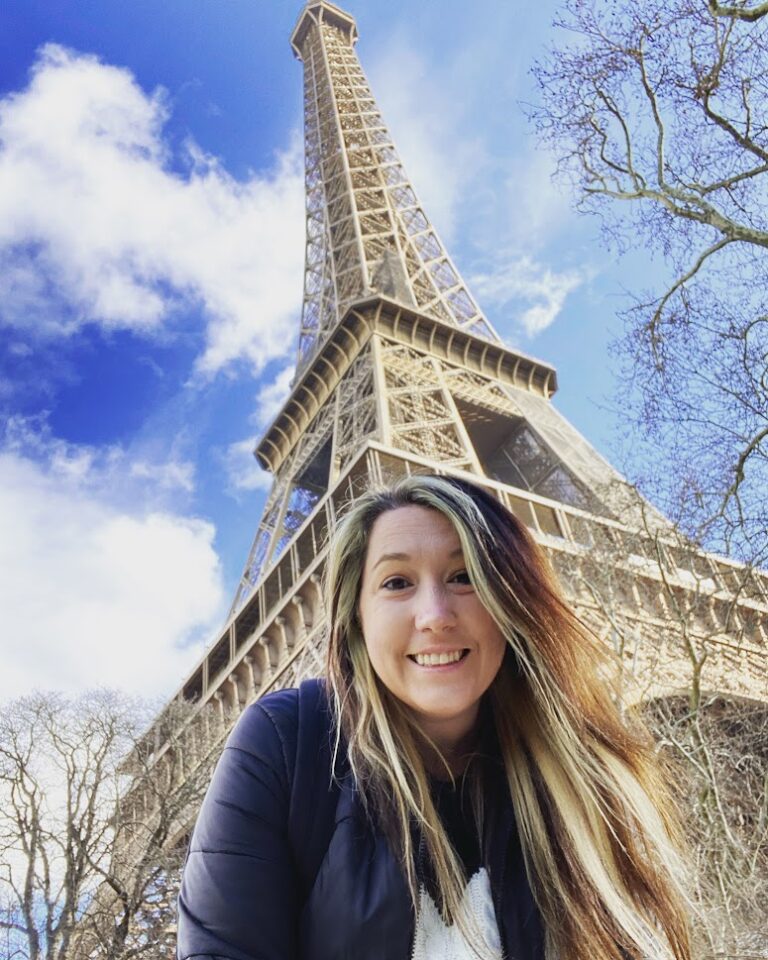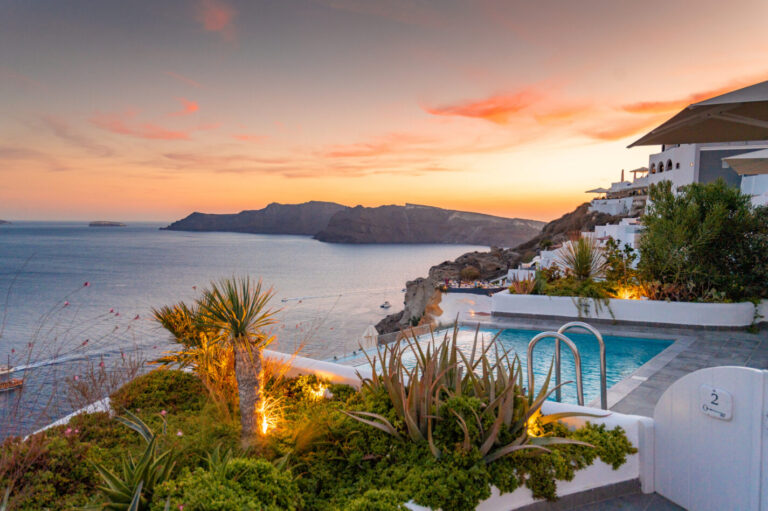Overview
Introduction
Located in the Sierra Nevada Mountains east of Fresno, Sequoia and King's Canyon National Parks are truly spectacular, and a rival to Yosemite National Park, which they closely resemble. The only roads through the contiguous parks, which are administered as a single unit, are a 45-mi/75-km scenic and extremely sinuous mountain drive known as the Generals Highway (in Sequoia) and King's Highway (in the less visited and more northerly King's Canyon). To get a good look at the area, however, you should park the car and take some of the short hiking trails. http://www.nps.gov/seki/index.htm.
In addition to rugged mountains, vast canyons, sparkling rivers and streams, and wonderful horse and hiking trails, Sequoia is an impressive showcase for the massive redwood trees it's named for. Among the specimens are giant sequoias named General Sherman and General Grant, both as tall as 26-story buildings and more than 2,000 years old.
General Grant, which was designated the Nation's Christmas Tree by Congress, is located in Grant Grove, close to the Kings Canyon Visitors Center (celebrations are held at the tree every Christmas), and General Sherman is close to the Lodgepole Visitor Center in Sequoia National Park. The Giant Forest Museum in Sequoia National Park contains exhibits about the ecology of the park's massive trees.
Spring brings warmer weather and wildflowers to the foothills. However, the Sequoia groves could still be snowy and rivers are swift and dangerous. Crystal Cave opens in May. Summer is the most active season with hot and dry foothills and melted snow creating pretty lakes and rivers. In the autumn, facilities will begin to reduce hours or close down. There may be light snow starting as early as late October. Crystal Cave closes in late November. Winter is the quietest season as snow blanket the groves in a peaceful white. Wildflowers will start in the foothills as early as January.
Wild animals (bobcats, coyotes, mountain lions, mule deer and black bears) are plentiful in the parks. So are recreational activities, including camping, cave tours (Crystal Cave in Lodgepole and Bouden Cave near Cedar Grove) and cross-country skiing.
The John Muir/Pacific Crest Trail extends through both parks, and any stretch of it will reward hikers or backpackers with terrific views. The Pacific Crest Trail continues out of Kings Canyon and north into Yosemite National Park—in fact, it runs all the way from Mexico to Canada.
Mount Whitney, the highest peak in the continental U.S. (14,494 ft/4,418 m), is on the eastern edge of Sequoia National Park, but most people can't get there from the western side of the park—where the King's Highway is—without a very lengthy roundabout trip. The reason is the Sierra Nevada mountains: They're too rugged for a road to cross them, though backpackers in top form could take the extremely demanding 30-mi/48-km direct route.
Mount Whitney is usually accessed from Whitney Portal near Lone Pine, on the eastern side of the Sierra Nevada. It's possible to hike to the summit as a very ambitious day trip (in summer only), but be prepared for an arduous climb and the possibility of extremely cold and windy weather.
North of Sequoia, toward Yosemite National Park, is Sierra Summit, a popular ski resort for Central Valley residents with nine lifts and a lot of intermediate level terrain.
















